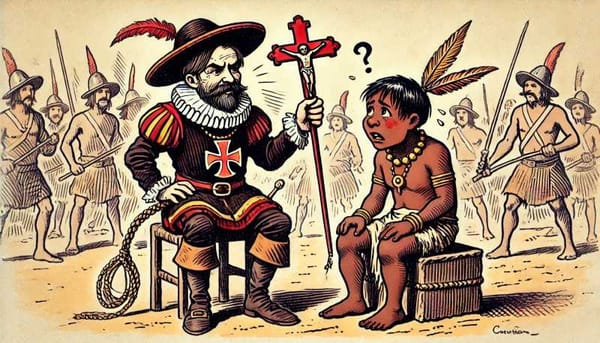Brief History of The Nationalization of The Mexican Railroads
This is how the government of President Lázaro Cárdenas decided to "Nationalize the Mexican Railroads" through a decree published on June 23, 1937.

During the 19th century, the "modernization of the country" began late in comparison with other nations of the continent. The political and social problems that arose in the first years of independent Mexico lasted for more than half a century; the restoration of the Republic with the triumph of Juar's liberalism over the ephemeral empire of Maximilian gave rise to the establishment of proposals aimed at generating the country's development.
The pacification process that took place in Mexico after the triumph of liberalism was located in the development of the Second Industrial Revolution that began, according to some historians, in 1870. On a global level, the irruption of second-generation technological development had a direct impact on the creation of more effective means of transportation; one of them became a fundamental piece for the mobilization of merchandise and people, and with which the economic prosperity of a country was measured: the railroad.
In Mexico, the first railway line ran from Mexico City to Veracruz; it was built with an important investment from the English capital and was inaugurated in 1873 during the government of Sebastián Lerdo de Tejada. However, the development of an effective railroad network could not begin until approximately a decade later; in 1877, when Porfirio Díaz began his long career as head of the Mexican government.
During the government of Manuel González, he spent a good part of his term inaugurating new sections of an extensive railroad network. By the end of his presidential term, Mexico already had 5,731 kilometers of railroads; the extensive network made it possible to communicate Mexico City with cities such as Toluca, the Bajío area, Zacatecas, El Paso del Norte in Chihuahua; likewise, it communicated from Nogales to Guaymas and several branches were added during this period in the central region of the country.
By the end of the Porfiriato and at the dawn of the Mexican Revolution, Mexico had a network of 19,280 kilometers of railroad lines. In March 1908, the Díaz government created the company Ferrocarriles Nacionales de México, whose purpose was to group several railroad lines that were in foreign hands and thus open the door for the State to have shares in them; investors represented by financial institutions from New York, London, and Berlin, agreed with the government to exchange shares for bonds; in 1914, amid the armed conflict, Venustiano Carranza seized the railroads and his administration absorbed the debt.
In 1922, the debt contracted during the revolutionary period was incorporated into the foreign debt of our country due to the Huerta-Lamont agreement; four years later, the administration of the railroads returned to private hands, with the pretext that during the armed conflict and up to that moment there was great disorganization and lack of maintenance; likewise, it was put on the table that the financial situation of the country was not adequate to make improvements to the railroad network, give it maintenance and sustain the high salaries existing in the operation of the same. In 1930, Congress denied the separation of the railroad debt from the foreign obligations of Mexico, which was intended to be established in the Montes de Oca-Lamont agreement.
Finally, in the context of the rise of Keynesian policies at the international level, in which the State took control of activities considered strategic, the government of President Lázaro Cárdenas decided to "Nationalize the Mexican Railroads" through a decree published on June 23, 1937, removing its administration to private companies and eliminating the generation of concessions in the sector, in such a way that the Mexican State assumed total control of the sector at that time.




